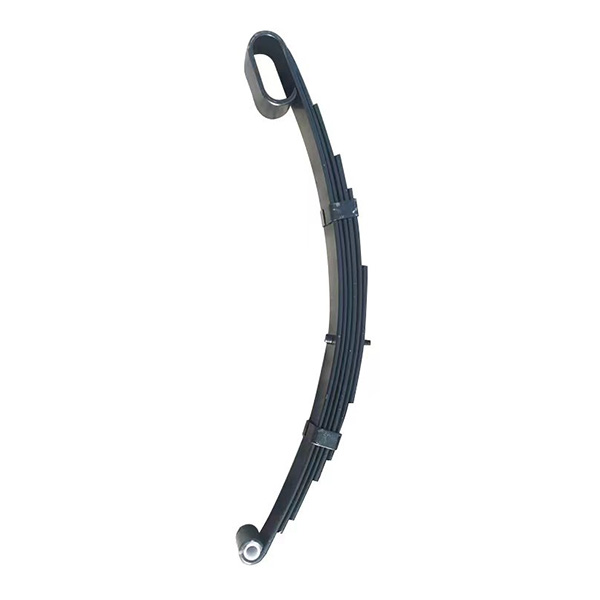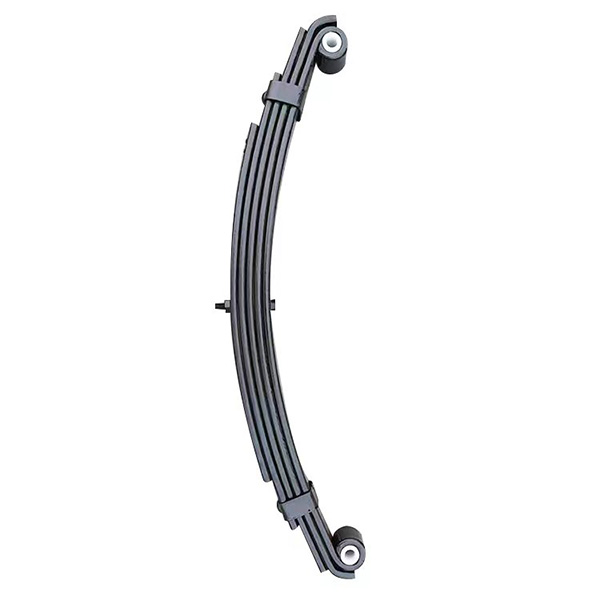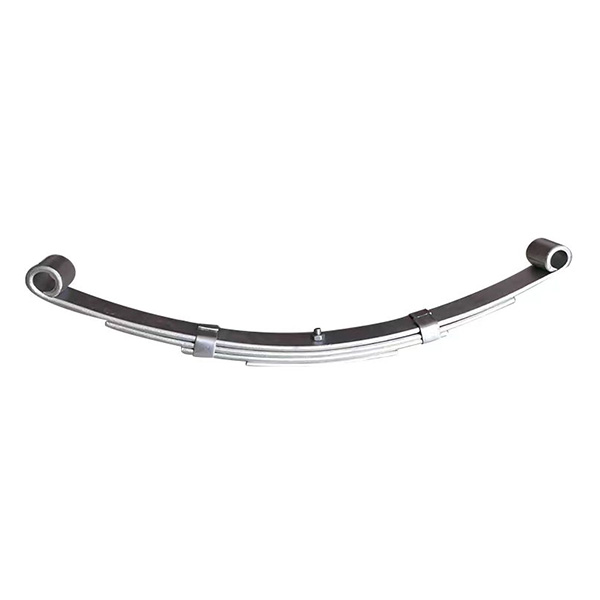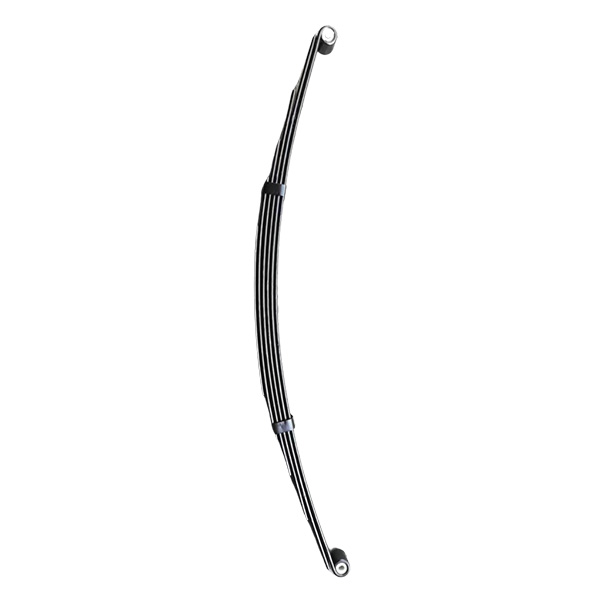
Understanding Double Eye Leaf Springs
Double eye leaf springs are a popular suspension component for trailers, light trucks, and heavy-duty vehicles. They feature an “eye” at each end of the main leaf, which connects to the vehicle’s frame or hangers. Their durability, load capacity, and simple design make them widely used in the transportation and logistics industry. However, like all mechanical parts, double eye leaf springs can fail over time due to wear, improper use, or environmental factors.


Most Common Double Eye Leaf Spring Failures
1. Cracked or Broken Leaves
Repeated overloading, poor road conditions, or metal fatigue can cause cracks or breaks in the spring leaves. This issue compromises suspension performance and can lead to uneven load distribution.
2. Worn or Elongated Spring Eyes
The “eyes” of the spring, where bushings and bolts are installed, may wear out over time. This results in excessive movement, clunking noises, and alignment problems.
3. Corrosion and Rust Damage
Exposure to moisture, road salts, and chemicals can cause rust to weaken the steel. In severe cases, corrosion can lead to leaf breakage and reduced load capacity.
4. Sagging or Loss of Arch
Over time, the spring can lose its original shape due to heavy use. A sagging leaf spring reduces ride height and affects stability.
5. Bushing Wear and Tear
The rubber or polyurethane bushings inside the spring eyes can deteriorate, leading to vibration, noise, and poor handling.
Quick Fixes and Preventive Maintenance
Replace Damaged Leaves Immediately
If a leaf is cracked or broken, it should be replaced with a compatible, high-quality replacement. For commercial vehicles, OEM or certified aftermarket parts are recommended.
Install New Bushings
Worn bushings should be replaced promptly to restore proper alignment and reduce metal-to-metal wear.
Apply Anti-Corrosion Treatments
Use anti-rust coatings or zinc-rich primers to protect the steel. Regular washing, especially after driving on salted roads, also helps prevent rust.
Re-Arching or Replacement for Sagging Springs
If the leaf spring has lost its arch, re-arching by a professional or replacing it with a new unit is necessary to restore ride height and performance.
Regular Inspections
Schedule suspension inspections every 6–12 months, especially for heavy-use or off-road vehicles. Catching small issues early can prevent costly failures.


Choosing the Right Replacement Double Eye Leaf Springs
When sourcing replacements, look for:
· Correct length and load rating for your vehicle
· High-quality steel with heat treatment for durability
· Proper eye diameter and bushing material
· Compliance with ISO/TS or other relevant quality standards
Meta Description
Discover the most common double eye leaf spring failures and practical quick fixes. Learn how to identify, prevent, and replace worn or damaged leaf springs for better vehicle safety and performance.





